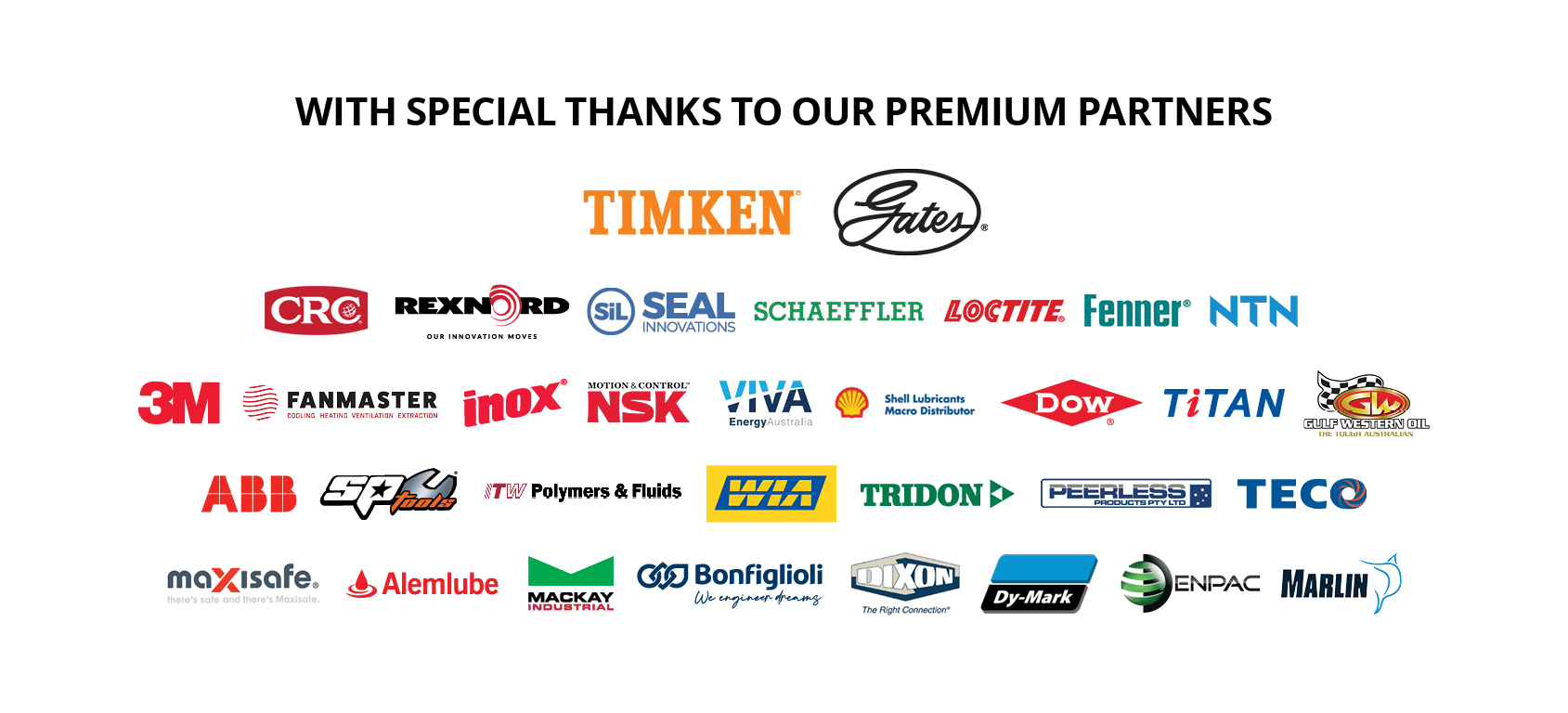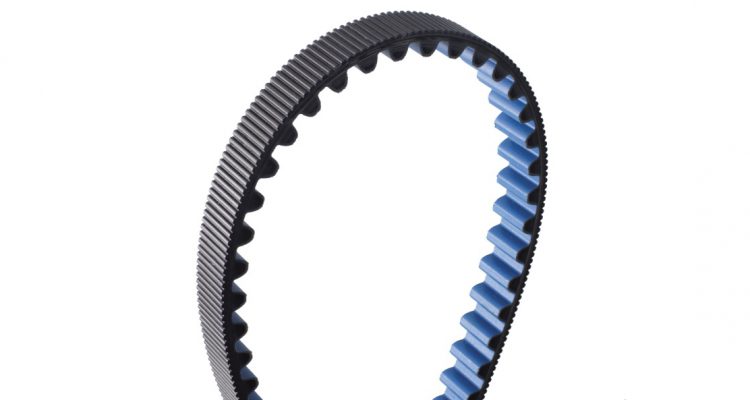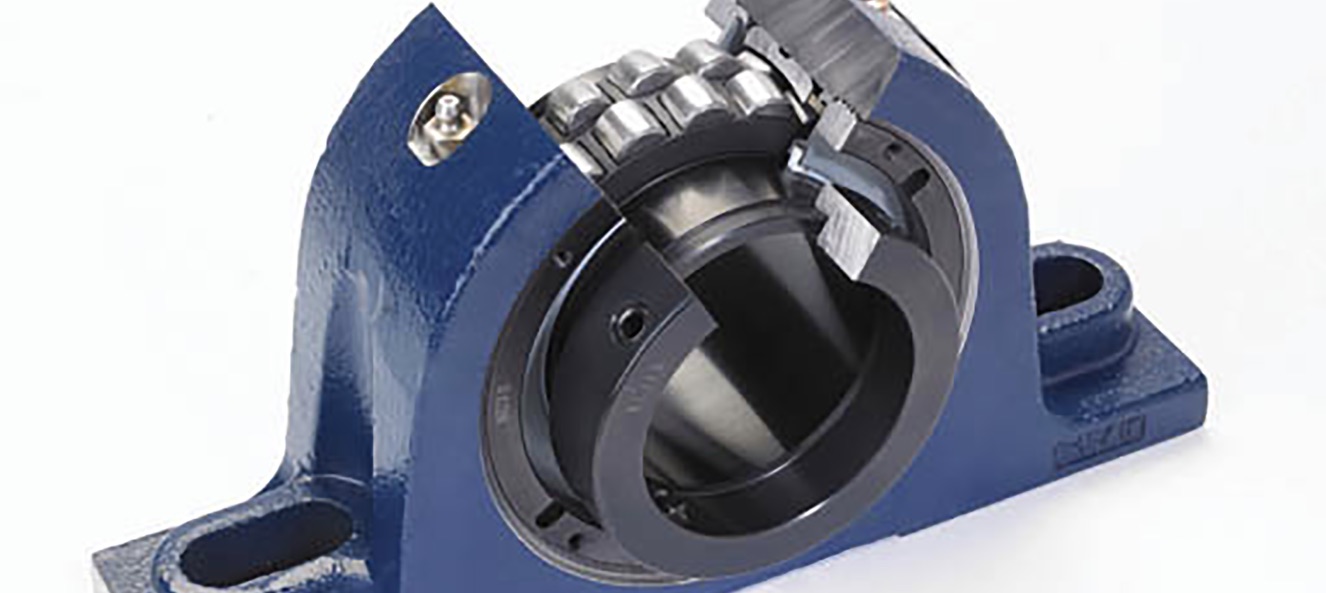New belts made from polyurethane avoid issues inherent in roller chain technology. Manufacturers’ Monthly reports.
The utilisation of roller chains has been a standard feature of industrial production lines and manufacturing plants since its invention in 1880. However, recent advances in materials manufacturing have enabled the development of alternatives to the ubiquitous roller chain and solutions to their drawbacks.
With a number of moving parts as core to their production and application, roller chains require regular lubrication to continue operating efficiently. While this may be of little concern when applied in consumer or domestic applications, roller chains in industrial applications are under heavier stress and may require significant amounts of lubrication.
In addition to the cost of the lubricant, its application has costs in labour hours spent in maintenance and can lead to contamination at other points in the production line.
Furthermore, even when properly maintained, roller chains are susceptible to breaking, causing drive failure.
The Gates Poly Chain GT Carbon, distributed across Australia by CBC, overcomes roller chain issues. Built from a unique polyurethane compound, the synchronous belt requires no lubrication and is quieter when used in manufacturing applications.
In an industrial application, where cleanliness is required, the lack of lubrication needed on the Poly Chain removes the threat of contamination, or of lubricant seeping onto other products.
For example, CBC has found these unique features of the Poly Chain is applicable to the timber processing industries. In mills and timber plants where chips and pulp are present in the plant environment, the Poly Chain is unaffected by the wash downs that are required to remove the by-products of timber processing. The polyurethane compound is inert not only to water but to most acids and chemicals, too. This makes a drive that is fitted with the Gates Poly Chain suitable for chemical manufacturing industries, as well as other manufacturing processes where chemicals are a common presence.
The resistance and overall stability of the Poly Chain ensures that the product has a long life, while being able to sustain a similar capacity to traditional roller chains. The belt is designed for high-torque, low- speed drives in any industry, and can withstand shocks and surge loading.
In testing the product, Gates has found that a Poly Chain outlasts a roller chain by four to one. For manufacturing plants where replacing a product such as a chain can lead to lowered productivity and plant down time, extending product life will lead to increases in production output. According to Wayne D’Souza, national accounts manager, manufacturing and industrial at CBC, the Poly Chain stands alone in its field.
“There is no other belt on the market like Poly Chain,” said D’Souza.
This product differentiation has led to specialised and particular use cases. For example, when applied to a horse recovery support, the Poly Chain had to withstand constant submersion in water during its operation. Designed to withstand wet or hazardous environments, the carbon-fibre tensile cords continue their load-carrying qualities even under extreme circumstances.
The Poly Chain’s effectiveness not only comes down to its construction but is dependent upon the proper installation of the chain and associated sprocket.
The associated Poly Chain GT sprocket can be installed where the previous roller chain sprocket was located and can be configured width- for-width with the previous set up.
Once this installation is complete, the savings from improved efficiency can be realised, said D’Souza.
“Yes, there is an initial cost involved, but the total cost of ownership (TCO) far outweighs
the cost of replacing a roller chain every ‘X’ amount of times, adding lubrication to it, constantly checking it for stretch and so forth,” said D’Souza.
The Poly Chain accounts for the uniqueness of each application with over 120,000 possible drive combinations. CBC can determine the correct belt and sprocket combination done through Gates’s drive design program, D’Souza explained.
“We input all the parameters – the powers, the speed to centre distance from one sprocket to another, the environment it’s in – and then, it states which Poly Chain belt and sprocket you need to use, the specifications, and the tensioning requirements,” said D’Souza.
Installation can be carried out by a purchaser’s own fitters or maintenance engineers, overseen by engineers from CBC, or installed by CBC themselves. Having the correct alignment is key, as this is essential for the improvements that Poly Chain offers.
Installation is made easier due to Poly Chain’s light weight, when compared with metal roller chains.
Mounted onto its sprocket, the Poly Chain’s teeth fit into the sprocket’s notches with concave side walls to ensure a closer fit. This increases energy savings when compared with conventional V-belts, as well as reducing the heat that is generated by rapid flexing, which can cause premature belt failure.
While the technologies can lead to the Poly Chain being a “set-and- forget” solution, CBC ensures that the belt continues to meet its promised possibilities through communication with the customer.
“Our engineering teams are constantly asking our customers questions,’” said D’Souza.
While this does not stop the Poly Chain from being part of a manufacturing plant’s regular maintenance schedule, the lack of lubrication as well as the long life of the product reduces labour hours spent on maintaining a roller chain.
“It’s the go-to product when a customer says, ‘I’ve got an issue with a roller chain, or it’s going through way too much lubricant’,” said D’Souza. “The Poly Chain is a problem-solving product.”




